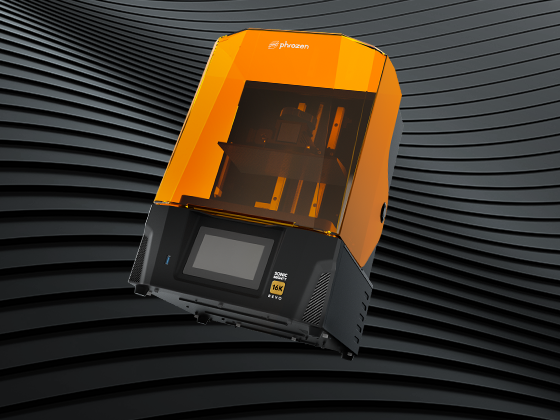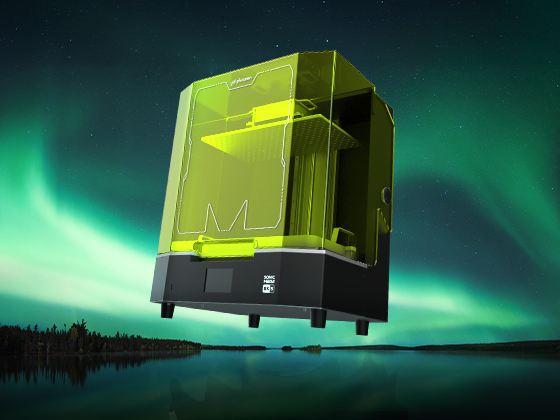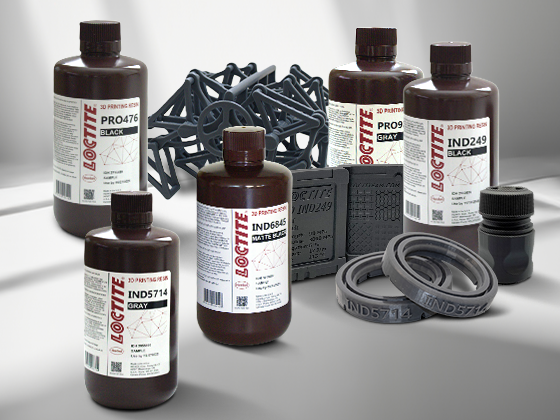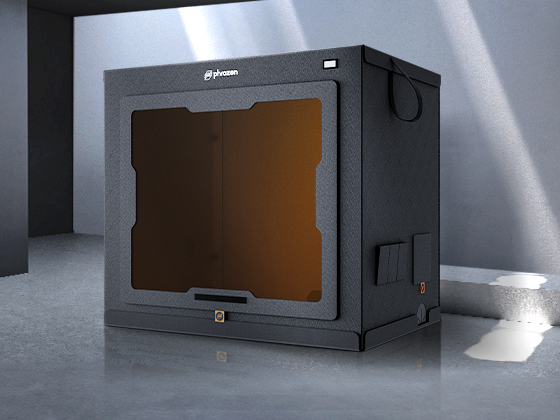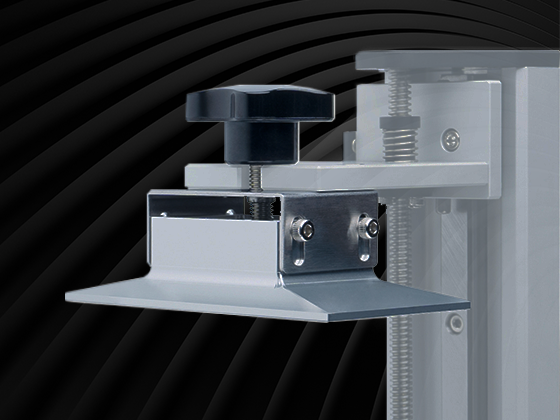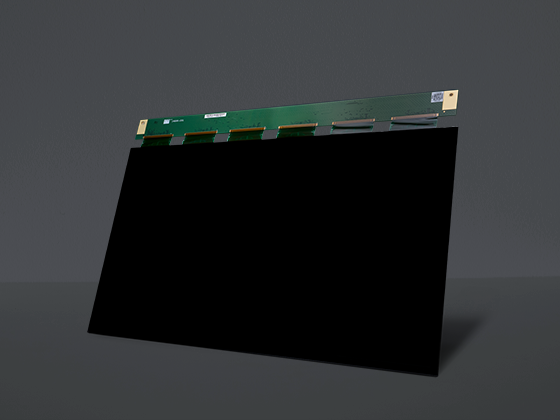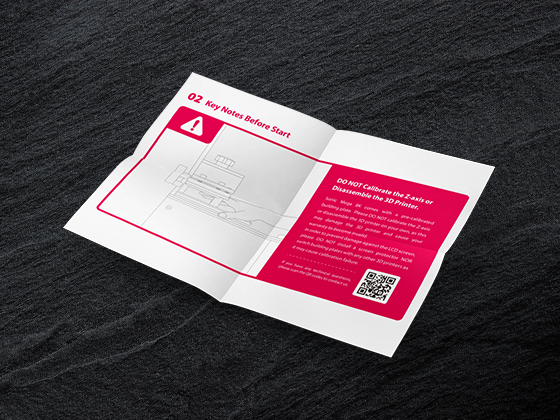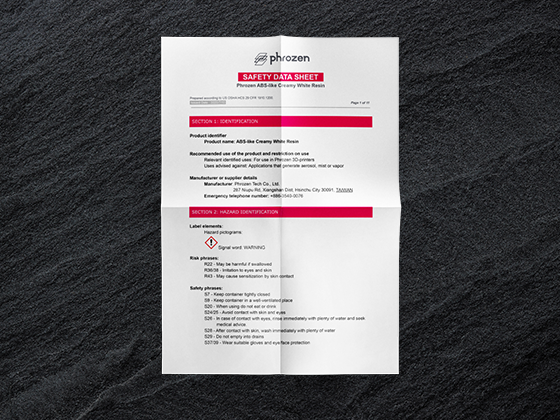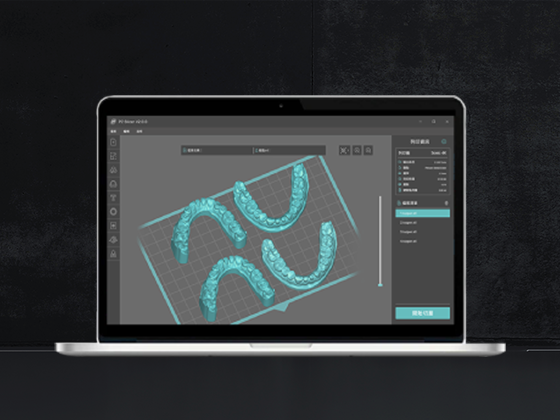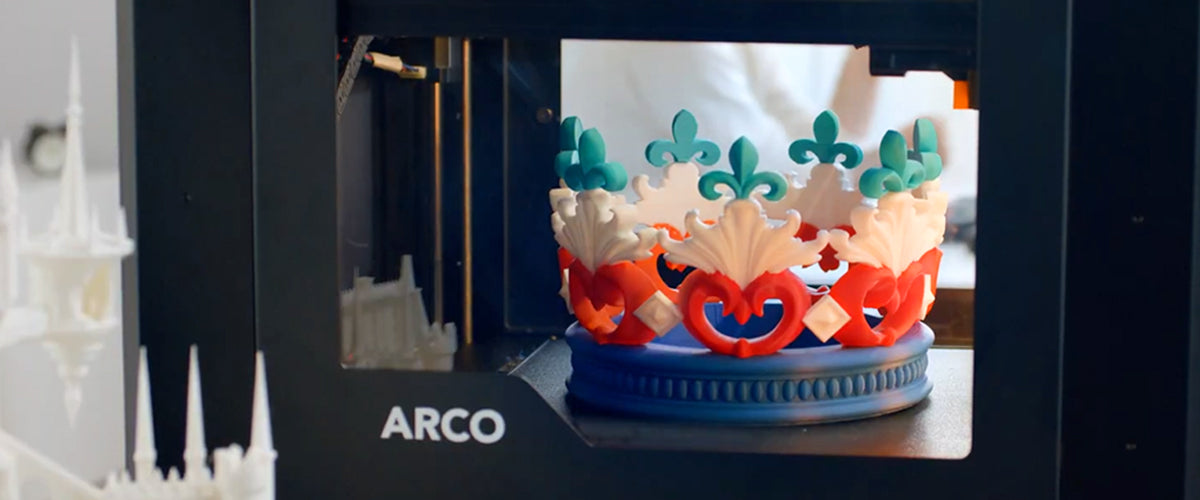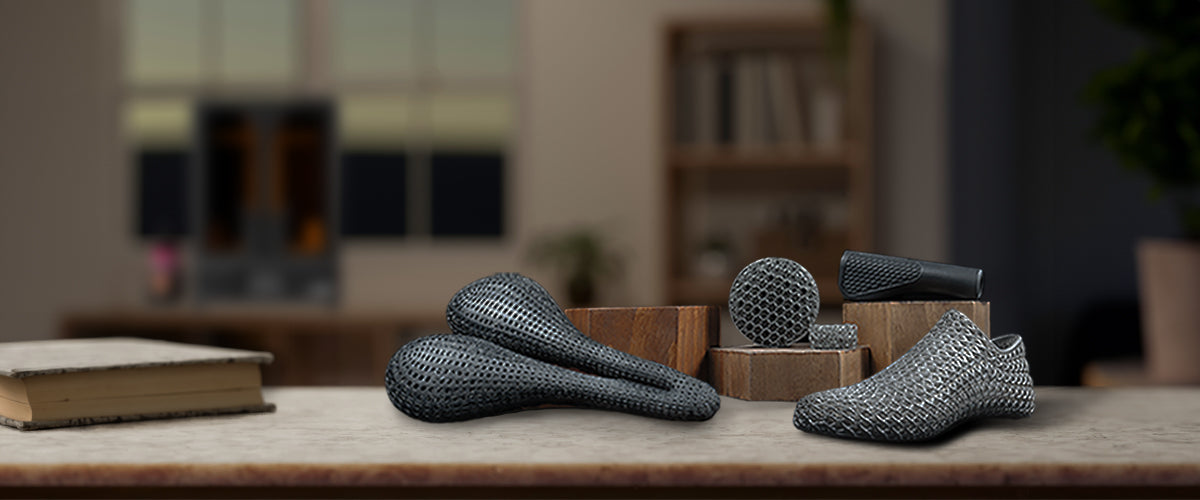3D printing has revolutionized industries, enabling rapid prototyping, custom manufacturing, and intricate designs. However, despite its progress, it still faces challenges such as print failures, material inefficiencies, slow production speeds, and the need for manual oversight.
For years, achieving high-quality prints required trial and error, with users manually adjusting slicer settings, testing multiple iterations, and closely supervising prints to prevent costly mistakes. A single miscalculation could result in wasted time and materials.
Now, AI is enhancing 3D printing by automating key processes, predicting errors, refining designs, and optimizing workflows. Let’s explore the most significant ways AI is reshaping additive manufacturing and the tools making it possible.
1. AI-Powered 3D Scanning and Modeling
Turning images or scanned objects into 3D models used to be a time-consuming process, requiring extensive manual cleanup to correct inaccuracies and prepare files for printing.
AI now streamlines this conversion, significantly reducing human effort. CGDream AI enables users to generate 3D models from images without specialized software. With a single click, users can transform an image into a viewable and downloadable file, which can be used for further modifications or directly in 3D projects.
Similarly, platforms like Nvidia Instant NeRF and Polycam AI use machine learning algorithms to reconstruct detailed 3D models from photographs or rough scans, automatically enhancing resolution and filling in missing details.
These advancements make 3D modeling faster and more accessible, particularly for those without advanced CAD skills.
2. Smarter Design with Generative AI
Traditional 3D design required engineers to manually adjust structures, test multiple variations, and refine their models to balance strength, weight efficiency, and material conservation—often leading to lengthy development cycles.
AI-powered generative design tools now simplify this process by analyzing factors like material properties, stress distribution, and manufacturing feasibility to generate optimal designs automatically. Tools like Autodesk Generative Design and nTopology leverage algorithmic intelligence to create lightweight, structurally sound components that might take human engineers weeks to perfect.
By accelerating the design phase, these tools allow engineers to focus on innovation rather than tedious refinements, ensuring models are both functional and material-efficient.
3. Detecting and Preventing Print Failures
One of the most common frustrations in 3D printing is unpredictable failures—issues like warping, layer shifting, filament clogs, or adhesion problems can ruin an entire print job. In the past, users had to constantly monitor prints in real time, pausing or stopping jobs when defects occurred.
AI-powered monitoring tools now help identify errors before they escalate. Software like The Spaghetti Detective and Obico utilize computer vision and pattern recognition to spot anomalies such as uneven extrusion, print detachment, or material waste. These tools can send alerts or automatically pause printing when defects are detected.
While AI does not yet correct print issues mid-process, it significantly reduces material waste and enhances print success rates by flagging errors before they cause catastrophic failures.
(image credit: CGDream)
4. AI-Enhanced Slicing for Faster Printing
The slicing process—converting a 3D model into printable instructions—traditionally required manual adjustments to settings like layer height, speed, and support structures. This often led to inefficiencies, requiring multiple test prints to fine-tune configurations.
Although full AI-driven slicing is still evolving, tools like PrusaSlicer and IdeaMaker integrate smart optimization features, helping users find the right balance between print quality and speed. Additionally, researchers at MIT are developing AI-powered slicing algorithms that can intelligently reduce print time while maintaining accuracy and durability.
As AI continues to evolve in this area, future slicing tools will likely provide fully automated, self-optimizing settings, eliminating the need for manual calibration altogether.
5. Reducing Material Waste Through AI-Optimized Printing
(image credit: CGDream)
Selecting the right material and optimizing print settings has traditionally been a trial-and-error process, leading to unnecessary filament waste and increased production costs. AI is beginning to enhance material efficiency, although real-time dynamic material adjustments remain in early development.
Tools like Materialise AI assist in material selection and performance simulation, helping users predict how different materials will behave under specific conditions. Markforged’s Blacksmith AI, rather than adjusting material use mid-print, focuses on post-production analysis, verifying that printed components meet precise structural and dimensional requirements.
While AI currently aids in pre-print material assessments, its role in real-time material adaptation is expected to expand, making 3D printing more sustainable and cost-effective.
6. Predictive Maintenance for Industrial 3D Printing
Industrial 3D printers require consistent maintenance to prevent unexpected failures. However, scheduled maintenance often leads to unnecessary downtime or, conversely, overlooked wear and tear that results in costly repairs.
AI-powered predictive maintenance tools help optimize equipment longevity. Platforms like 3YOURMIND analyze real-time machine performance data, tracking wear on components such as extruders, motors, and belts, allowing for proactive servicing only when necessary.
While Siemens MindSphere AI is a general industrial IoT platform rather than a dedicated 3D printing tool, similar AI-driven maintenance solutions are becoming more common in large-scale additive manufacturing.
By anticipating hardware issues before they lead to failures, businesses can minimize machine downtime and maximize productivity.
Conclusion: The Future of AI in 3D Printing
AI is revolutionizing 3D printing, enhancing its efficiency, reliability, and accessibility. From AI-driven design tools and print monitoring systems to predictive maintenance and optimized slicing, artificial intelligence is reducing human intervention while improving output quality.
However, many AI applications in 3D printing are still evolving. While AI excels at assisting with slicing, material selection, and print failure detection, fully autonomous 3D printers that adjust parameters in real-time remain in development.
Looking ahead, AI’s role in additive manufacturing is expected to expand further, bringing innovations such as:
-
Advanced AI slicing software that dynamically adapts print settings for optimal results.
-
AI-powered material research, leading to stronger, more eco-friendly filaments and resins.
-
Autonomous AI-managed 3D printing farms, where machines operate with minimal human oversight.
As AI technology continues to progress, 3D printing will become even more intuitive, efficient, and scalable, shaping the future of manufacturing and design.

